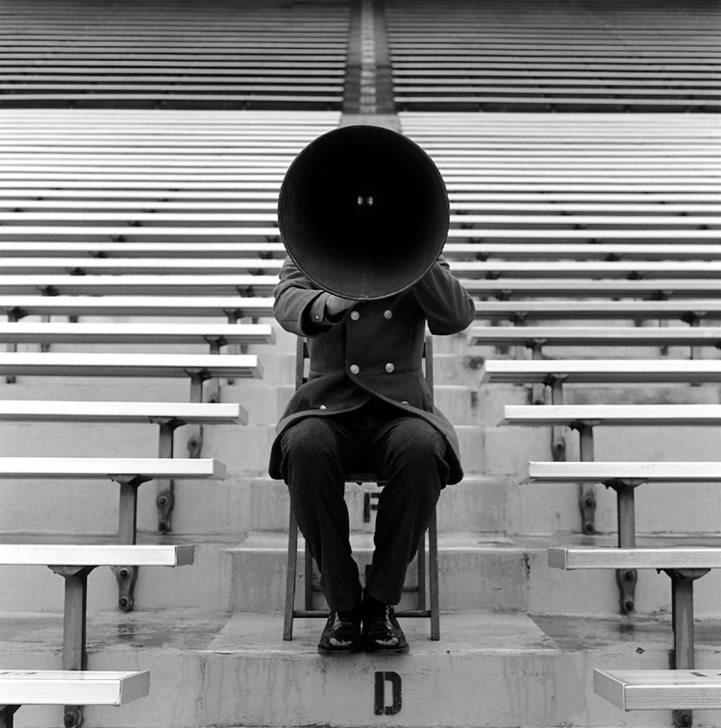Collective Spaces, The New Normal
The hotel space today is fighting for its life. In the day and age of social media and the smartphone, guests today have an astonishing set of choice for what lies outside in the non-hotel world.
Brand guru David Keen of QUO, has written an insightful piece on the movement in HotelsMag.com and we are sharing for our readers.
‘We’ve reached the tipping point. Big chain has joined the bandwagon and it makes clear economic sense. It may have taken a while, and they’ve learned from the upstarts of the last 10 years. But they’re now realizing that they have an opportunity to use all that dead lobby and meeting space: creating vibrant co-working/living/sharing spaces.
Casual co-working in hotel lobbies is already a common sight, even in hotels that haven’t yet optimized their public spaces for the needs of the modern business traveller. The difference is that it’s now being formalized from small to big brand across the spectrum. In many cases, what’s emerging is more than simply co-working.
This is the new collective. A new collective of guests with new and different needs. A new collective of services and facilities. A new way of looking at ourselves.
As the demand for properly equipped collaborative spaces in hotels grows, the big hotel brands are going to be faced with some tough decisions. And those that embrace this slice of the sharing economy will find themselves leading the charge.
‘Unused value is wasted value’ – that’s the mantra of the sharing economy. In the hospitality industry, it’s served as both a rallying cry and a reminder that we so often miss the beat. The reality is that major hotel brands have vastly underexploited resources that have nothing to do with getting a good night’s sleep.
We have desk space, floor space and state-of-the-art business facilities. We have high-speed WiFi, conferencing facilities and prime locations in leading business districts. We often have more meeting and event space than we know what to do with, and yet it continues gathering dust.
Who’s leading the charge?
Look at the CitizenM example. Under the stewardship of the visionary Michael Levie, the brand has reimagined the hotel lobby. Spaces to work; spaces to play, to meet, to cuddle and to chat. Not one square centimeter is under-utilized. That means the rooms are as small as 14 square meters; yet even the bedrooms are designed and maximizing space utilization is at the core of the brand’s success.
A few brands are already positioning themselves to cash in on co-working. When Hotel Jen opened in Beijing last year, it also debuted Prototype – a co-working floor for start-ups and freelancers. Meanwhile, Singaporean operator JustCo is planning to open co-working spaces across Asia, starting with Hotel Jen in Singapore. Next up: Bangkok and Kuala Lumpur.
AccorHotels has partnered with Nextdoor to trial a co-working space inside the Mercure Paris Montmartre Sacré Cœur. And it plans to open 80 more such spaces at a rate of 10 to 15 per year.
I fully expect to see more hotel brands unveiling new partnerships and rolling out integrated co-working and living spaces in coming months. The truth is that the hotel industry could have led the charge in regards to the new collective. We may have missed a beat, but the best is yet to come. Now is the time to act.
Thinking outside the lobby
While transforming the lobby is a good start, the real winners of the race to embrace the new collective will be those that take it several steps further. Take another Amsterdam-imagined brand: Zoku. Here, Hans Meyer has totally reimagined extended-stay with an interactive living space and fun, contemporary public areas.
In Vietnam, the inspirational Wink brand will launch later this year. Partnering with co-working space Toong, Wink is reimagining both public and private spaces for the new generation of Vietnamese travelers.
It’s not enough to view the new collective in terms of merely monetizing empty space. Successful co-living spaces have a local community of patrons who make use of the space on a regular basis and give it a sense of culture and identity. The leaders are going to be those hotels that foster a community by making valuable resources available to professionals – networking events, training opportunities, access to consultants.
Admittedly, this won’t work for every brand. This new collective needs to be an extension of the brand culture. It needs to fit the target audience, and adjustments to make it more or less exclusive may be necessary.
Curating the right culture
Big hotel brands need to work fast if they want to own this space. Demand is strong globally, and real estate developers are equally keen to make sure their precious investment in space is fully utilized. If modern business hotels don’t add sophisticated facilities to their list of offerings, guests and locals will go elsewhere. They’re already doing that now.
Inclusive or exclusive? Hot-desks or walk-ins? Integrated spaces, meeting spaces, intimate spaces, business partnerships? Whichever form these spaces take under the new collective, the target audience need to fit your brand and frequent users need to exist to give the space a sense of community. A sense of purpose. Relevancy.’
To read the piece in Hotels CLICK


